Modulus of Rupture of Concrete Beam:
Important Point
Modulus of rupture of Concrete beam, also known as the modulus of rupture adalah, indicates the amount of compression and force the unstable beam can withstand under any condition and its resistance to bending, which is a key aspect of flexural capacity formula.
What Is Modulus of Rupture?
Modulus of rupture, or what is the modulus of rupture of concrete, measures the strength of civil construction parts like concrete, beams, or slabs. Modulus of rupture is also known as flexural strength, bend strength, or fracture strength.
The modulus of rupture determined by the loading of the third point is less than the modulus of rupture determined by the loading of the center point, sometimes up to 15%.
Modulus of Rupture is defined as the final strength related to the failure of the beams by the flexibility equal to the moment of bending in the fracture divided by part of the beam section.
The calculation of the modulus of rupture is considered important for construction equipment for the following reasons. The calculation from Modulus of Rupture helps us to build structural elements such as beams, cantilevers, shafts, etc.
It provides a parameter for the development of dynamic building materials. It is a predictive tool for both resistance and durability of the construction project.
Useful Article For You
- What Is a Contour Interval
- What Is Tile
- What Is the Difference Between a Shower Pan and a Shower Base?
- What Is a Window Panel
- Type of Arch
- What Is the Measurement for a Queen Size Bed
- What Is Considered Livable Space
- What Is One Way You Can Save Electricity?
- What Is a Bundle of Shingles
- What Is a Gallon of Water Weigh
- What Is Sand Blasting
- What Is a Span Bridge
- What Is the Little Black Diamond on a Tape Measure
- What Is a Louvered Door
- What Is a Spread Footing
- What Is Leveling
- Different Types of Beam
- What Is Pedestal
- What Is Plumbing Fixtures
- Soft Floors
- Difference Between Pier and Pile
- What Is Slab Construction
- What Is Calacatta Quartz
- What Is Auxiliary View
- Sheepsfoot Roller
- What Is 1 Flight of Stairs
- What Is Refractory Cement
- Dry Pack Concrete
- What Is Luminous Flux Vs Lumens
- What Is a Frost Wall
- What Is an Undercoat
- What Is Road Pavement
- Arch Foundation
- What Is a Stair Landing
- What Is a Spandrel Beam
- What Is Pier and Beam Foundation
- What Is a Pile Cap
- What Is a Mat Foundation
- What Is a Floating Slab
- What Is the Purpose of Foundation
- What Is a Flush Door
- What Is Residential Construction
- What Is the Best Foundation for a House
- What Is a Benchmark in Surveying
- What Is a Engineering Drawing
- What Is an Admixture
- What Is the Standard Size Water Supply Line
- What Is the Difference Between Tension and Compression?
- What Is a Tremie
- What Is Tributary Area
- What Is Shoring Construction
- What Is a Cason
- What Is Wall Putty
- What Is the Difference Between Mortar and Concrete
- What Is Bhk
- What Is Sbc of Soil
- What Is Plinth Level
- What Is Water Proofing
- What Is Mix Design of Concrete
- What Is Fine Aggregate
- What Is Retention Money
- What Is Design Mix
- What Is Isometric Scale
- What Is Development Length
- What Is Superelevation
- What Is Wall Made Of
- What Is Micro Piling
- What Is Soil Stack
- What Is a Half Wall Called
- What Is Flagstone
- What Is a Cinder Block
- What Is Floors
- What Is a Parapet in Construction
- What Is Concept Drawing
- What Is a 30 Degree Angle
- What Is a Mezzanine Level
- What Is Plinth Area
- What Is Precipitation
- What Is a Soffit
- What Is the Difference Between Residual and Transported Soil
- What Is a Drop Manhole
- What Is Oblique View
- What Is a Flyover Bridge
- What Is Tie Beam
- What Is the Cost of 1 Bag Cement
- What Is Well Foundation
- What Is the Principle of Chain Surveying
- What Is Dlc in Road Construction
- What Are the Advantages of Levelling
- What Is Hardened Concrete
- What Is Plinth Protection
- What Is Wbm Road
- What Is Measurement Book
- What Is Traversing in Surveying
- What Is the Space Between Windows Called
- What Is a Moment Frame
- What Is 53 Grade Cement
- What Is True Slump
- What Is Joisted Masonry Construction
- What Is the Back Azimuth of 180 Degrees
- What Is Stretcher Bond
- What Is Consistency of Cement
- What Is Pointing
- What Is Design Period
- What Is Long Column and Short Column
- What Is the Full Form of Rcc
- What Is Centering in Construction
- What Is Stone Masonry
- What Is M30 Concrete
- What Is Dead Load and Live Load
- What Is Grouting
- What Is Grade Slab
- What Is Dpc
- What Is Lapping Length
- What Is Azimuth in Surveying
- What Is Inverted Beam
- What Is Concealed Beam
- What Is Brick Bat Coba
- What Is Plum Concrete
- What Is Flyover
- What Is the Principle of Plane Table Survey
- What Type of Slope Failure Is Shown in This Figure
- What Is a Roof Overhang Called
- What Is the Bottom Board of a Wall Called
What Is Flexural Modulus?
- In mechanics, the flexural modulus or bending modulus, which can be detailed in the flexural modulus units, is a powerful material that is calculated as a measure of stress pressure on the flexural flexion or inclination of an object that resists bending.
- Flexural Modulus is determined from the slope of the pressure curve formed by the flexural test (such as ASTM D790) and uses power units in each position.
- The flexural modulus described using a three-point curve test takes the stress line response.
- Ideally, the flexibility or bending of the stiffness mode is similar to the tensile modulus (Young’s modulus) or the compression modulus of elasticity. In fact, these values may vary, especially in polymers which are usually viscoelastic (time-dependent) materials.
- The alignment of the flexural modulus with Young’s modulus also takes the corresponding model of pressure and stiffness as the bend models have strong and compressive pressures. Polymers in particular, have different types of compression and stiffness of the same material.
- Flexural modulus of rupture is about 10% to 20% of the compressive strength, depending on the type, size, and volume of the awesome aggregate used in the concrete block.
What Is Flexural Stress?
The stress caused by the bending moment in a structural member is known as Flexural Stress or Bending Stress. Flexural Stress or Bending Stress usually occurs in two cases.
One case is called bending of simply support beams and the other case is called bending of cantilever beams. Flexural Stress for simply supported structural beams acts on the two surfaces differently.
The upper surface of the bending beam is in compression stress and the bottom surface of the beam is in tension stress. The neutral axis or the center axis of the beam is a region of zero stress.
The flexural stress (σ) is defined by the formula σ = MC / I. In the above formula, M = Bending moment, which is calculated by multiplying the force by the distance between that point of interest and force. C = Distance from Neutral Axis and I = moment of inertia.
Flexural Stress of cantilevered beam also has a similar formula. The M, C, and I formulas can be complex, depending on the exact configuration and structure of the beam.
Flexural Strength of Concrete:
- Flexural Strength of Concrete, often calculated using the formula for flexural strength of concrete, is the ability of a beam or a slab of concrete to withstand failure.
- Flexural strength of concrete is a measure of the strength of concrete strength and resistance to failure is a measure of unstable concrete slab or slab.
- The relative flexural strength and contrast or requirements should be based on the same aggregate size and loading adjustment. Modulus of Rupture measured on a third-point load (ASTM C78) is lower than that determined by the average point load (ASTM C293), sometimes 15 percent
- Flexural strength of concrete is approximately 10 to 15 percent of the compressive force depending on the size of the compound and the type, size and volume of the compound used.
- For structural members of a concrete structure, the Modulus of Rupture rating is obtained by the equation Fr = 7.5 (fc’)
- Here, Fr is the Modulus of Rupture.
- Fc’ is the specified compressive strength.
- Here Modulus of Rupture is critical in the construction design; the best measurement is established from laboratory tests of specific compounds and materials used.
- Flexural strength is one measure of the strength of concrete strength. It is the standard of a fixed beam or slab to withstand bending.
Bending Modulus:
Rigidity (or stiffness) is the property of a polymer defined by the Flexural modulus or bending modulus of stiffness. Bending Modulus is therefore one of the most important of properties of solids material.
Bending Modulus refers to the ability of an object or material to bends. It is a measure of rigidity or resistance to bending when force is applied differently at the long edges of a sample also known as a three-point bending test.
The Bending modulus is represented by the slope of the first part of the straight line of the stress curve and is calculated by dividing the change in stress by a change corresponding to the strain.
Therefore, Bending Modulus is also known as the ratio of measurement of stress to strain.
Useful Article for You
- Zero Force Members
- How Much Does a Yard of Concrete Weigh
- Cmu Wall Meaning
- Skeleton Steel Framing
- Gradient Road
- Budget Sunroom Ideas
- What Is Gypsum Board
- Types of Vaulted Ceilings
- How Does Baking Soda Remove Blood from Carpet
- What Are Forms in Construction
- How Heavy Is Dirt
- Tender Meaning in Architecture
- Dark Olive Green House
- Cast in Place Concrete
- Lean to Roof
- How Tall Is an Average Door
- Grade Beam Foundation
- Window Sill Height
- Concrete Cold Joint
- Types of Traps
- Types of Pipe
- Wood Supporting Beams
- Finishing Plaster
- Home Depot Scrap Wood
- Lvl Beam Size Calculator
- Structural Shell
- Curb Types
- Msand
- Optimum Dry Meaning
- Disadvantages of Low-E Glass
- Bridge Abutment Definition
- Build Materials List
- Composite Masonry Wall
- Is Cedar a Hardwood or Softwood
- Modified Proctor Test
- Physical Properties of Sand
- Crane Machine Construction
- Types of Gable Roofs
- Door Frame Types
- How Much Does 55 Gallons of Oil Weigh
- Dog Leg Stairs
- Concrete Salt Finish
- Westpoint Bridge Builders
- Types of Porches
- Hempcrete Disadvantages
- Roof Pitch Types
- Types of Weirs
- Asphalt Floor
- Dutch Roof
- #6 Rebar Weight Per Foot
- Prizmatic Compass
- Bond Break Concrete
- Poured Concrete Wall Cost Calculator
- How Many 60 Lb Bags of Concrete in a Yard
- Wood Fence Post Spacing Chart
- Falsework
- Design of Building Structures
- Topping Slab
- Types of Cinder Blocks
- Fresh Concrete
- Door Colors for Red Brick House
- Tiles Brand
- Cement Consumption in Plaster
- Weight of Concrete Slab Calculator
- Is Clay Smaller Than Silt
- How to Calculate Dead Load
- Bad Concrete Work
- Stepped Foundations
- Residential Construction Cost Estimator Excel
- Different Construction Trucks
- Septic Pump Replacement Cost
- Dead Load Calculator
- Beam Vs Column
- Concrete Mix Ratio
- Caisson Foundation
- Glulam Beam Weight Calculator
- Bituminous Pavement
- M30 Mix Ratio
- Is 2502
- Reinforced Brick Work
- Plinth Level
- Trapezoidal Footing Formula
- Slab Steel Calculation
- Rolling Margin of Steel
- Top 20 Pvc Pipe Brands in India
- Top 5 Cement in India
- How Much Weight Can a 6×6 Support Horizontally
- Modulus of Rupture Formula
- Types of Curtains
- Building Estimate Excel Sheet
- How Is the Skeleton Similar to the Frame of a House?
- Which of the Following Best Explains Why Buildings Tip During Earthquakes?
- Rate Analysis of Civil Works
- Water Tank Company Name
- 1 Soot in Mm
- Reinforcement Lap Length Table
- Camber in Road
- Rate Analysis of Plaster
- Ply Company Name
- Boq Full Form in Tender
- Well Point
- Plastering Ratio
- Rcc Value Day
- How Many Brick in a Cube
- Dubai Construction Company
- Steel Metal Price Per Kg
- Bathroom Fittings Company
- Coarse Sand Density
- How Does a Shearvane Operate
- Concrete Clear Cover
- 4×6 Horizontal Load Capacity
What Is Flexural Strength?
Flexural strength is an indirect measure of the strength of concrete strength. It is a measure of the high pressure on the surface of the thickness of the reinforced concrete beam or slab where it fails to bend. It is measured by loading 150 x 150-mm (or (100 x 100-mm) concrete beams with a span length of at least three times.
Flexural strength is about twelve to twenty percent of compressive strength, depending on the type, size, and volume of coarse aggregate used.
Flexural strength is expressed as the “Modulus of Rupture” (MR) in MPa and is determined by standard test methods ASTM C78 (third point loading) or ASTM C293 (intermediate loading). Flexural strength helps us to judge the quality of the materials used in construction.
Flexural Strength Formula:
Flexural strength of a beam, which is crucial in understanding the flexural strength formula for beam and flexural strength of beam formula, can be calculated using the equation
F = (PL)/ (2bd).
Here,
- F = Flexural strength of concrete (in MPa).
- P = Failure Load (in N)
- L = Effective span of the beam (in mm).
- b = Breadth of the beam (in mm).
- d = Depth of the beam (in mm).
Modulus of Rupture Formula:
The breakdown Modulus of Rupture Formula, which is integral to understanding the flexural stress formula and mor formula for tiles, varies with different types of system loading.
#1. For first system, a rectangular sample under a load on a three-point bend setup.
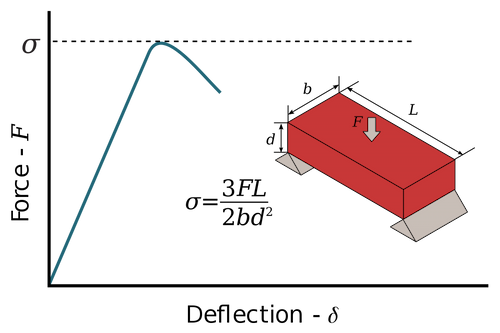
Modulus of Rupture = (3FL)/(2bd2)
Here,
- F = load (force) at the cracked point (N).
- L = Total length of the support span.
- b = Total width of the support span.
- d = Total thickness of the support span.
#2. For the second system, a rectangle sample under a load on a four-point bend setup, where the loading span is one third the length of the support span.
Modulus of Rupture = (FL)/(bd2)
Here,
- F = load (force) at the cracked point (N).
- L = Total length of the support (outer) span.
- b = Total width of the support (outer) span.
- d = Total thickness of the support (outer) span.
#3. For the third system, a rectangle sample under a load on a four point bend setup, where the loading span is half the length of the support span.
Modulus of Rupture = (3FL)/(4bd2)
Here,
- F = load (force) at the cracked point (N)
- L = Total length of the support span.
- b = Total width of the support span.
- d = Total thickness of the support span.
#4. For the last system, a rectangle sample under a load on a four point bend setup, where the loading span is neither one third nor half the support span.
Modulus of Rupture = (3F[L-Li])/(2bd2)
Here,
- F = load (force) at the cracked point (N).
- L = Total length of the support (outer) span.
- Li = Total length of the loading (inner) span.
- b = Total width of the support (outer) span.
- d = Total thickness of the support (outer) span.
Flexural Strength of Concrete
Flexural strength is one measure of the tensile strength of concrete. It is a measure of an unreinforced con- crete beam or slab to resist failure in bending. It is measured by loading 6 x 6-inch (150 x 150-mm) con- crete beams with a span length at least three times the depth.
Flexural Strength Formula
Flexural strength test Flexural strength is calculated using the equation: F= PL/ (bd 2 )-3 Where F= Flexural strength of concrete (in MPa). P= Failure load (in N). L= Effective span of the beam (400mm).
Modulus of Rupture Formula
Rupture Strength Formula: You can calculate the modulus of rupture, “sigma,” using the equation σr = 3Fx/yz2 for the load force F and size dimensions in three directions, x, y, and z, of the material. In this case, the load is the external force put on the material of interest.
Modulus of Rupture
Modulus of Rupture, frequently abbreviated as MOR, (sometimes referred to as bending strength), is a measure of a specimen’s strength before rupture. It can be used to determine a wood species’ overall strength; unlike the modulus of elasticity, which measures the wood’s deflection, but not its ultimate strength.
Flexural Modulus
In mechanics, the flexural modulus or bending modulus is an intensive property that is computed as the ratio of stress to strain in flexural deformation, or the tendency for a material to resist bending
Modulus of Rupture Wood
Modulus of Rupture, frequently abbreviated as MOR, (sometimes referred to as bending strength), is a measure of a specimen’s strength before rupture. It can be used to determine a wood species’ overall strength; unlike the modulus of elasticity, which measures the wood’s deflection, but not its ultimate strength.
Modulus of Rupture Unit
The modulus of rupture measures pressure or force per unit area. Scientists and engineers use an array of magnitudes for pressure in determining the modulus of rupture. You can find it expressed in units of pascals or megapascals as well as pounds per square inch or psi.
Modulus of Rupture of Concrete Is a Measure Of
Modulus of rupture (MOR) is like a three-point bend test. MOR measures the bond strength of the test specimen. For castables, it measures the bonding strength of the cement matrix.
Modulus of Rupture Concrete
Concrete Modulus of Rupture: Modulus of rupture is a measure of the tensile strength of concrete beams or slabs. Flexural strength identifies the amount of stress and force an unreinforced concrete slab, beam or other structure can withstand such that it resists any bending failures.
Flexural Modulus Formula
F = (PL)/ (2bd) : The flexural modulus is represented by the slope of the initial straight line portion of the stress-strain curve and is calculated by dividing the change in stress by the corresponding change in strain.
Modulus of Rupture Concrete Formula
Modulus of Rupture of Concrete Formula as Per Is 456: fcr=0.7√fck N/mm2
Flexural Strength of Concrete Formula
Flexural Strength Equation: Flexural strength test Flexural strength is calculated using the equation: F= PL/ (bd 2 )—3, Where F= Flexural strength of concrete (in MPa). P= Failure load (in N).
Modulus of Rupture Definition
The flexural strength or modulus of rupture of the material is defined as the maximum bending stress that can be applied to that material before it yields. The flexural strength of a prismatic specimen is measured by applying a bending moment to it by the use of upper and lower rollers.
Mor Formula
Modulus of Rupture Equation: You can calculate the modulus of rupture, “sigma,” using the equation σr = 3Fx/yz2 for the load force F and size dimensions in three directions, x, y and z, of the material.
Modulus of Rupture Test
Modulus of rupture (MOR) is like a three-point bend test. MOR measures the bond strength of the test specimen. For castables, it measures the bonding strength of the cement matrix.
Flexural Modulus Equation
While flexural modulus/ bending modulus is obtained from slope of moment-curvature diagram dividing it by moment of intertia of the beam specimen; (E = EI / I).
Rupture Stress Formula
Modulus of Rupture Also Known as: You can calculate the modulus of rupture, “sigma,” using the equation σr = 3Fx/yz2 for the load force F and size dimensions in three directions, x, y and z, of the material.
What Is Rupture Strength?
Modulus of Rupture Meaning: The flexural strength or modulus of rupture of the material is defined as the maximum bending stress that can be applied to that material before it yields. The flexural strength of a prismatic specimen is measured by applying a bending moment to it by the use of upper and lower rollers
Modulus of Rupture
Modulus of Rupture, frequently abbreviated as MOR, (sometimes referred to as bending strength), is a measure of a specimen’s strength before rupture. It can be used to determine a wood species’ overall strength; unlike the modulus of elasticity, which measures the wood’s deflection, but not its ultimate strength.
Modulus of Rupture Vs Modulus of Elasticity
Modulus of Rupture, frequently abbreviated as MOR, (sometimes referred to as bending strength), is a measure of a specimen’s strength before rupture. It can be used to determine a wood species’ overall strength; unlike the modulus of elasticity, which measures the wood’s deflection, but not its ultimate strength.
How to Calculate Modulus of Rupture?
Modulus of Rupture Calculation: You can calculate the modulus of rupture, “sigma,” using the equation σr = 3Fx/yz2 for the load force F and size dimensions in three directions, x, y and z, of the material.
Flexural Strength Units
Flexural strength refers to how much stress a material will take before it tears, ruptures, breaks, or permanently bends, i.e. yields. The units of measure are force, as in newtons or pounds-force; or area, as in meters squared or square inches.
Modulus of Rupture of Steel
Modulus of Rupture = (3FL)/(2bd2)
Here, F = load (force) at the cracked point (N). L = Total length of the support span. b = Total width of the support span
Like this post? Share it with your friends!
Suggested Read –
- Dressed Stone Definition
- Difference Between Tied Column and Spiral Column | What Is Spiral Column | What Is Tied Column
- What Is Soil Vent Pipe | How Does Soil Stack Pipe Works | Soil Vent Pipe Material | Types of Plumbing System
- What Is Tie Beam | Tie Beam Details | Advantages of Using Tie Beam | Tie Beam Reinforcement | Why Are Use Concrete Tie Beam
- Emulsion Paint Vs Oil Based Paint | Purpose of Providing Paints | Properties of Good Paint | Properties of Good Paint | What Is Oil Based Paint
- What Are Weep Holes | Need for Weep Holes | Foundation Weep Holes | Types of Weep Holes | Weep Holes In Retaining Wall | Window Weep Holes
- What Is False Ceiling | Why We Need False Ceiling | Types in False Ceilings | Advantages & Disadvantage of False Ceiling | False Ceiling Installation Steps by Step
- What Are Plastic Roads | How to Make Plastic Roads | Who Invented Plastic Roads | First Man-Made Plastic Road | Advantages & Disadvantages of Plastic Roads
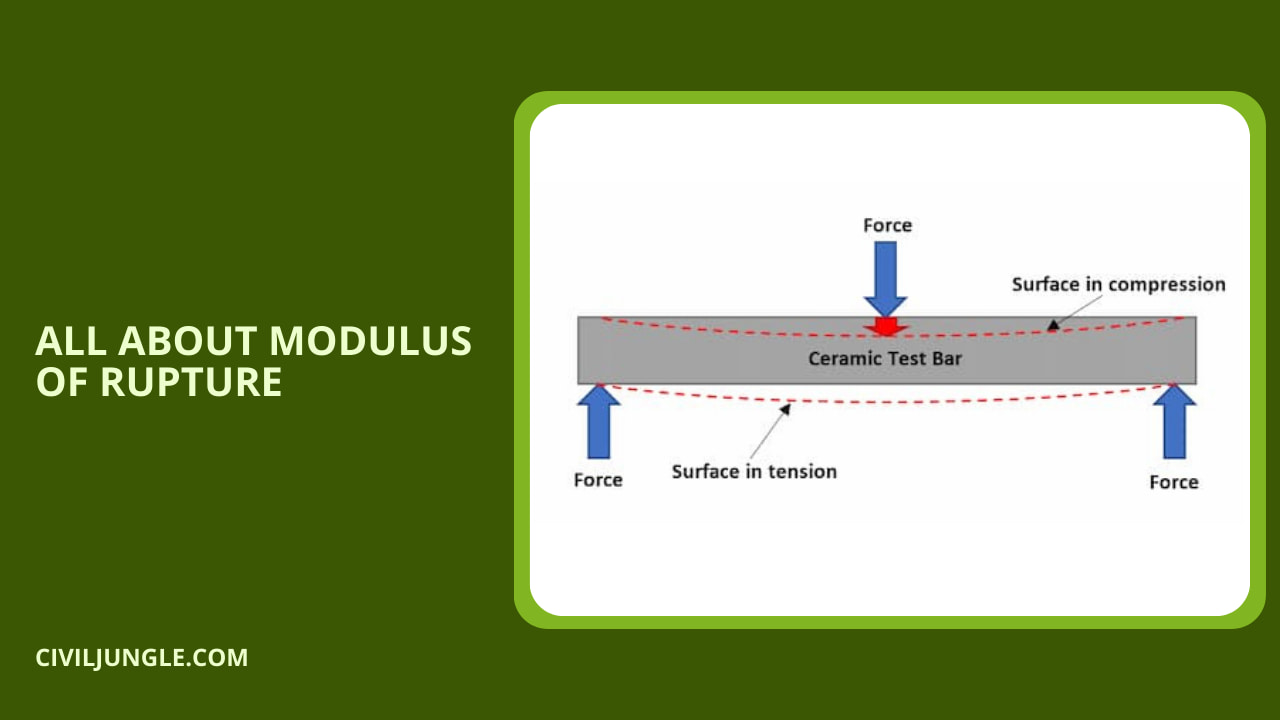
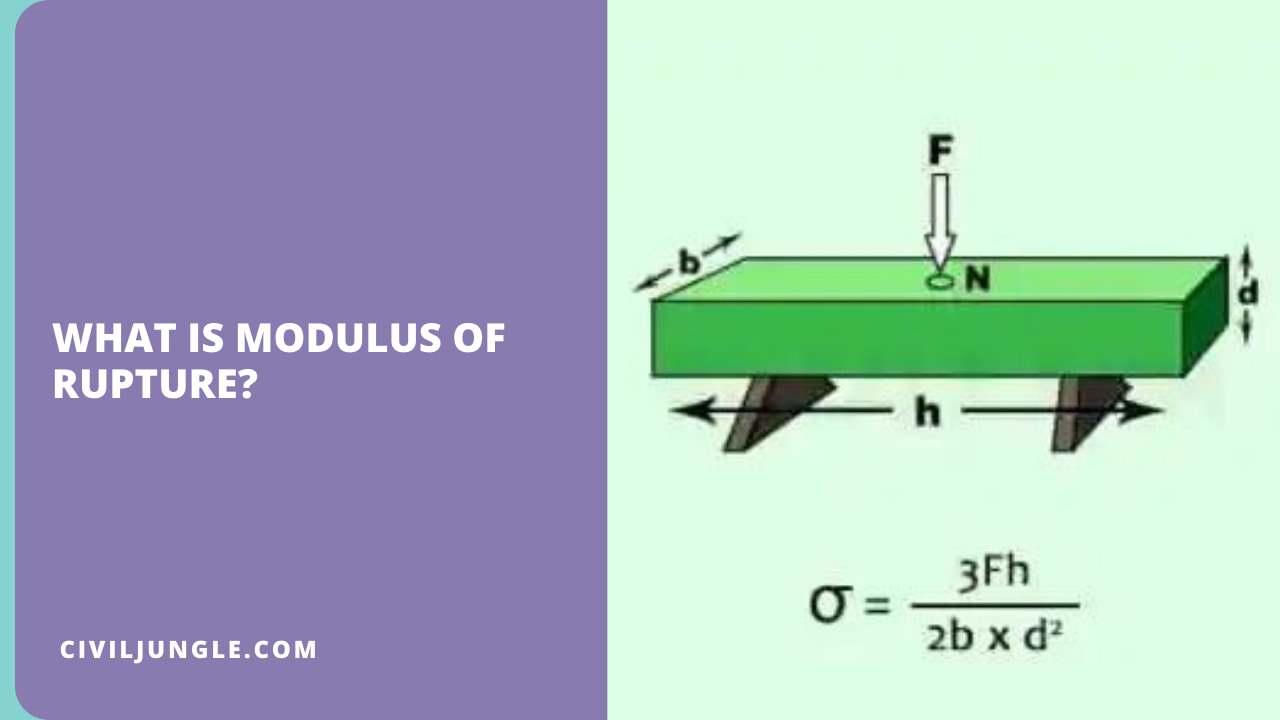
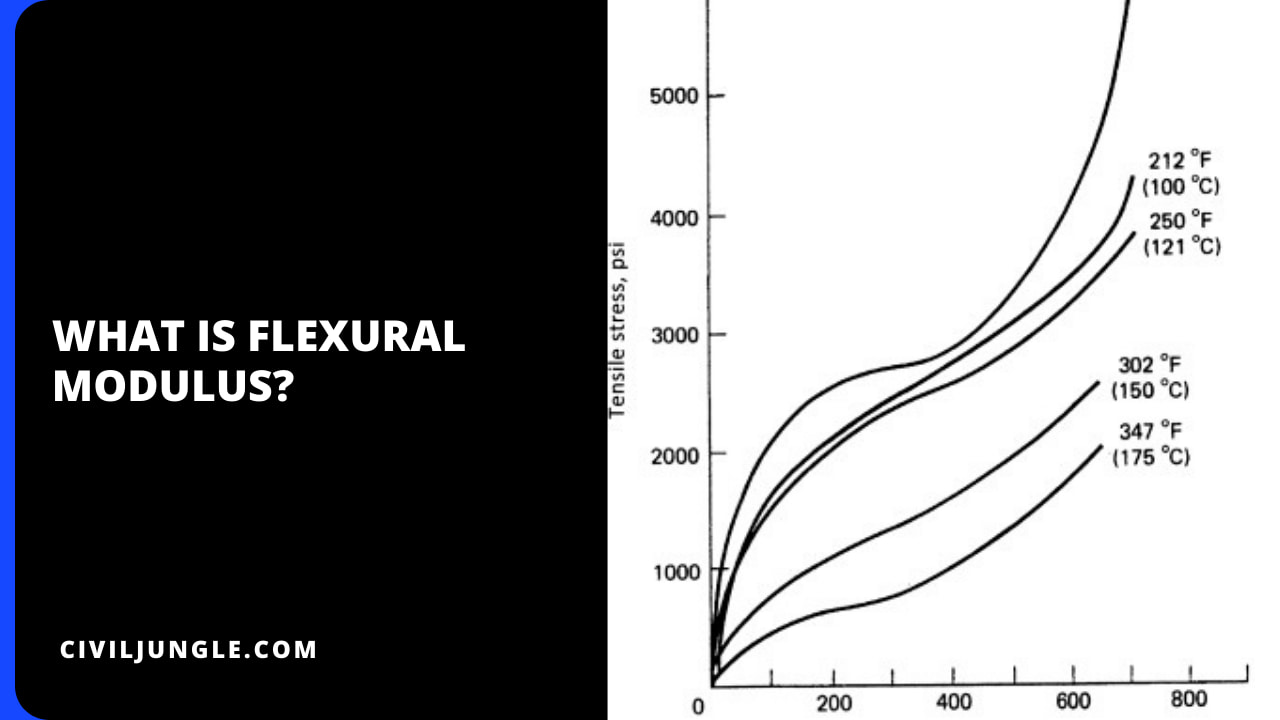


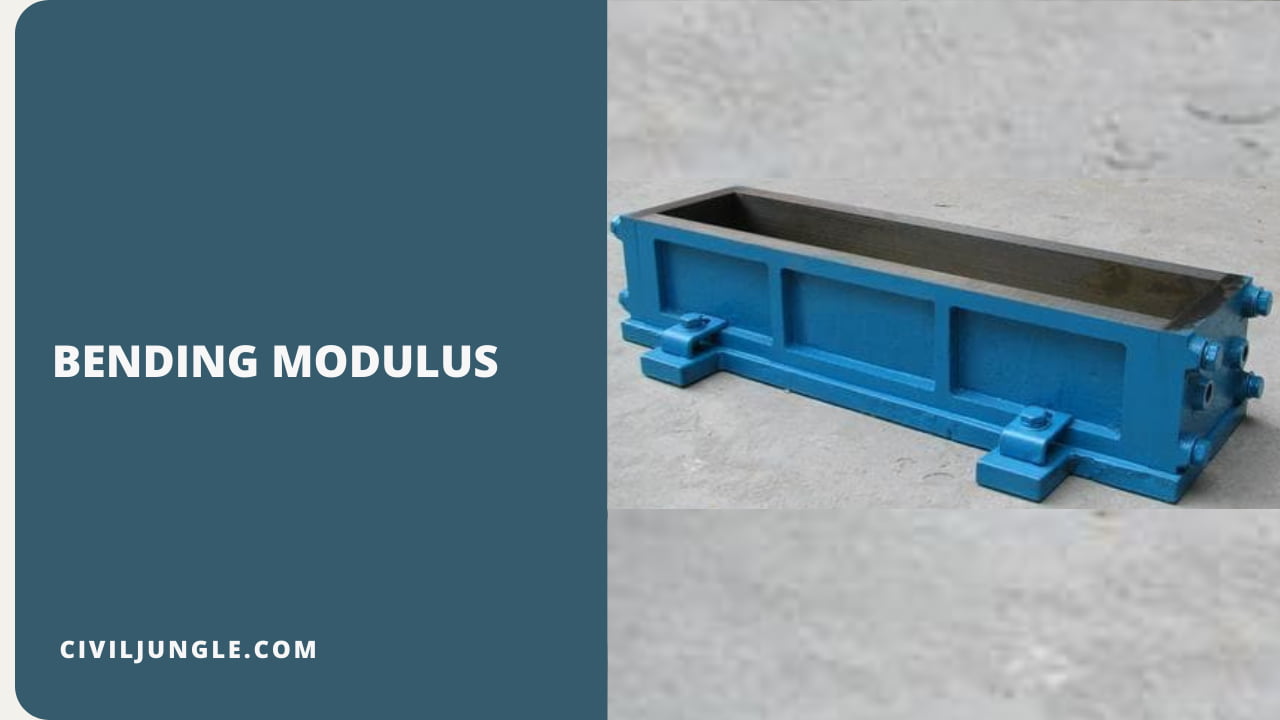
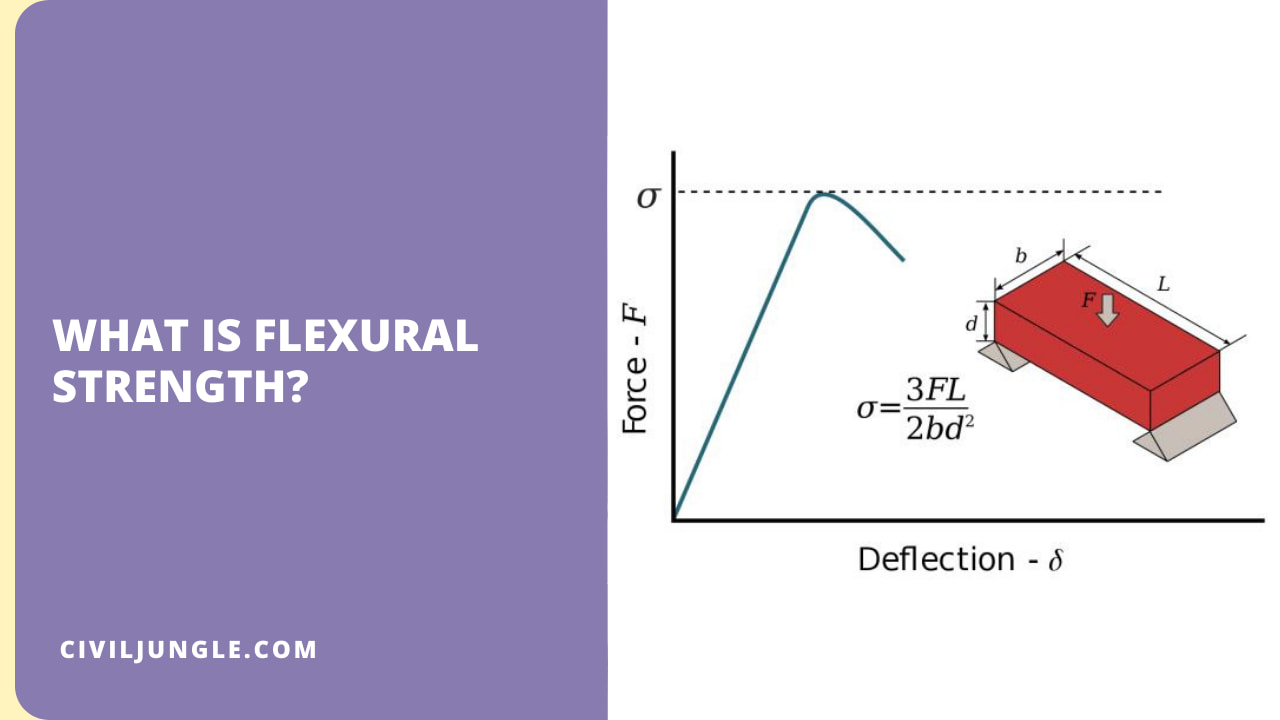
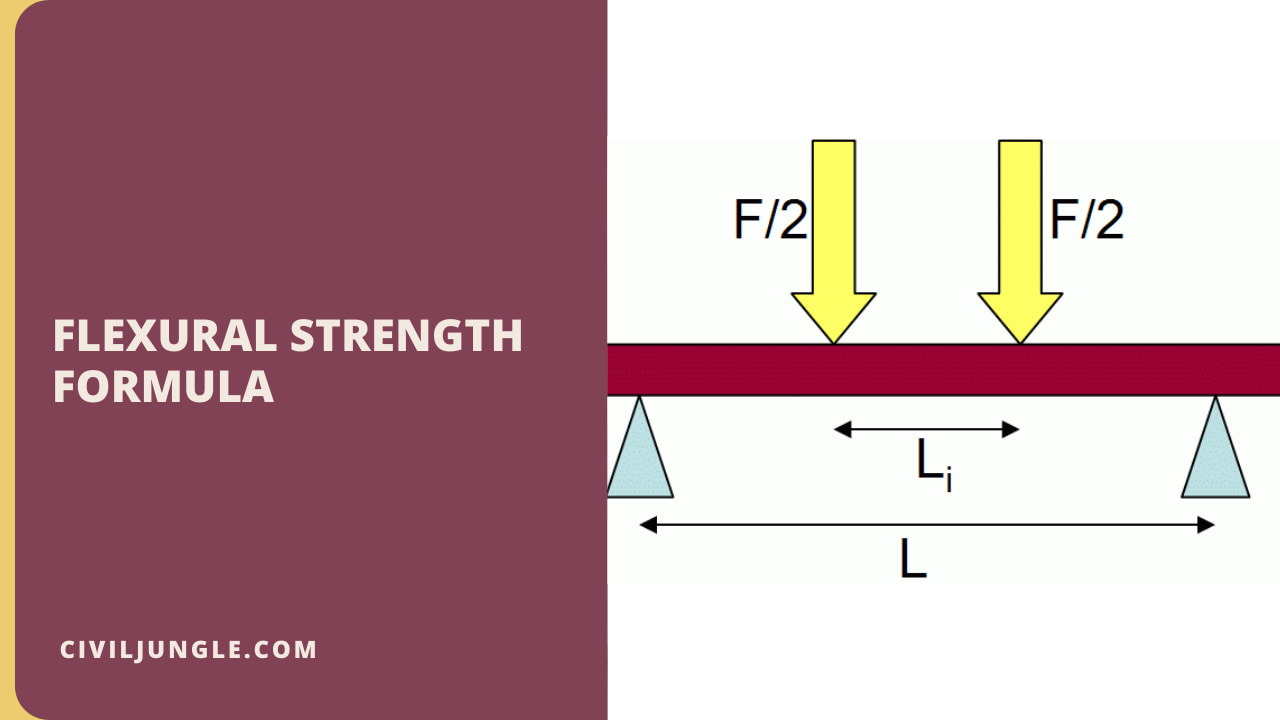
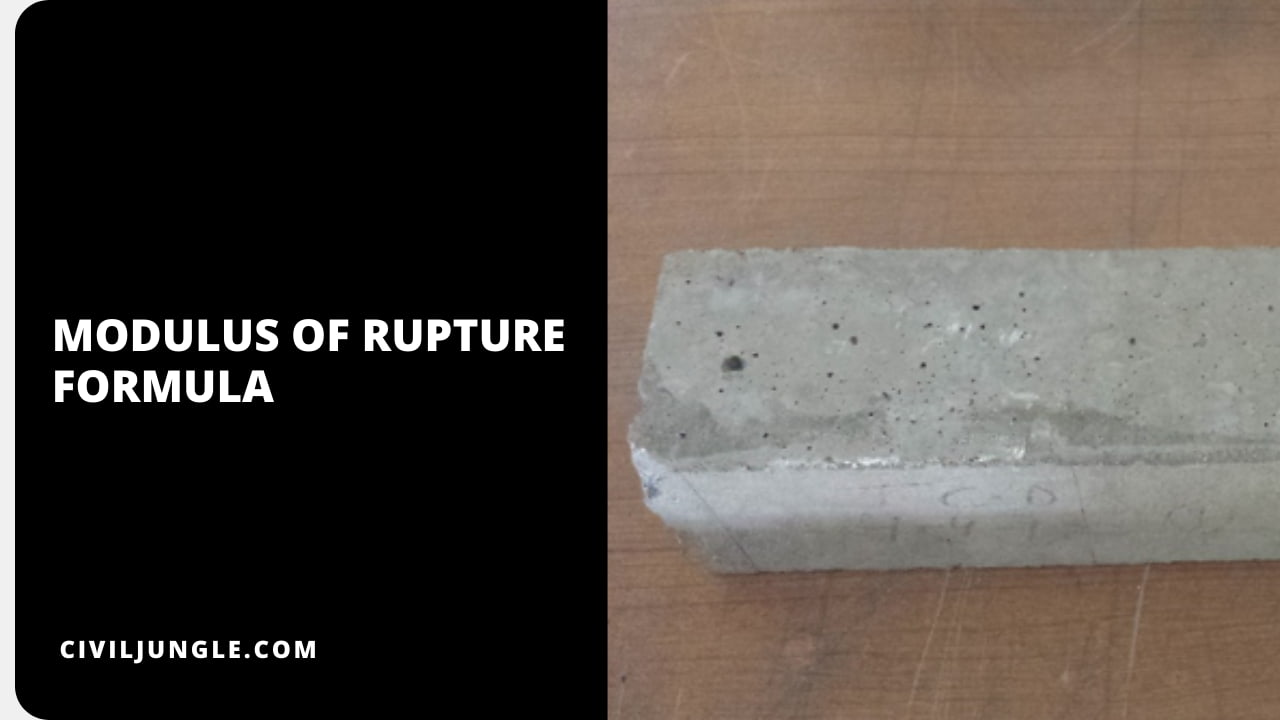
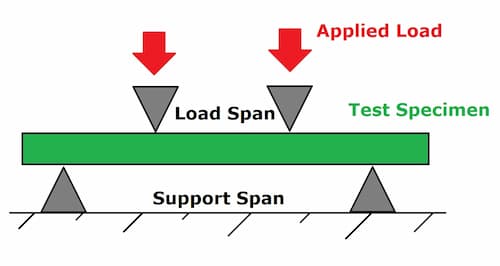
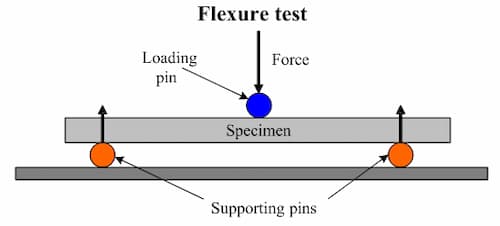
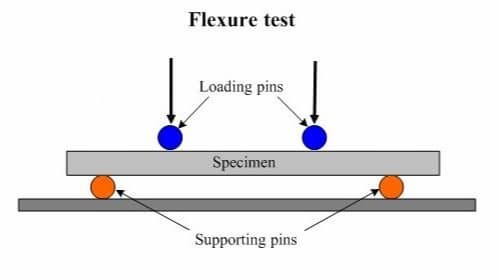

Leave a Reply